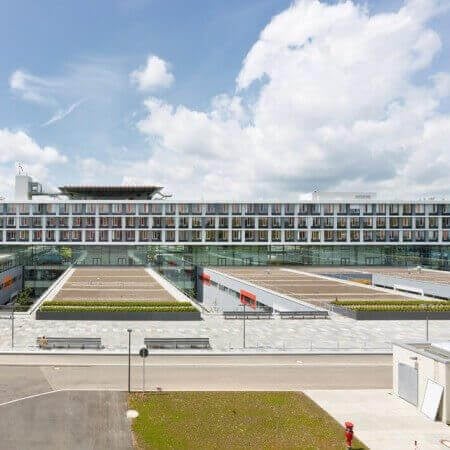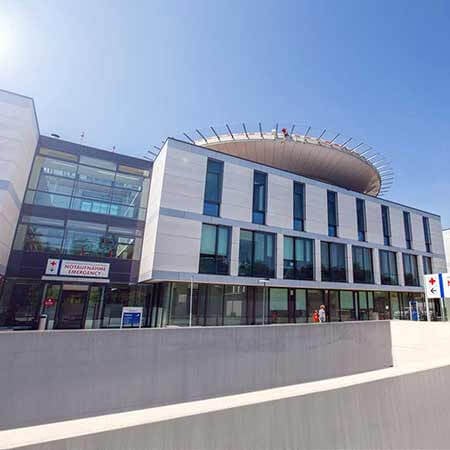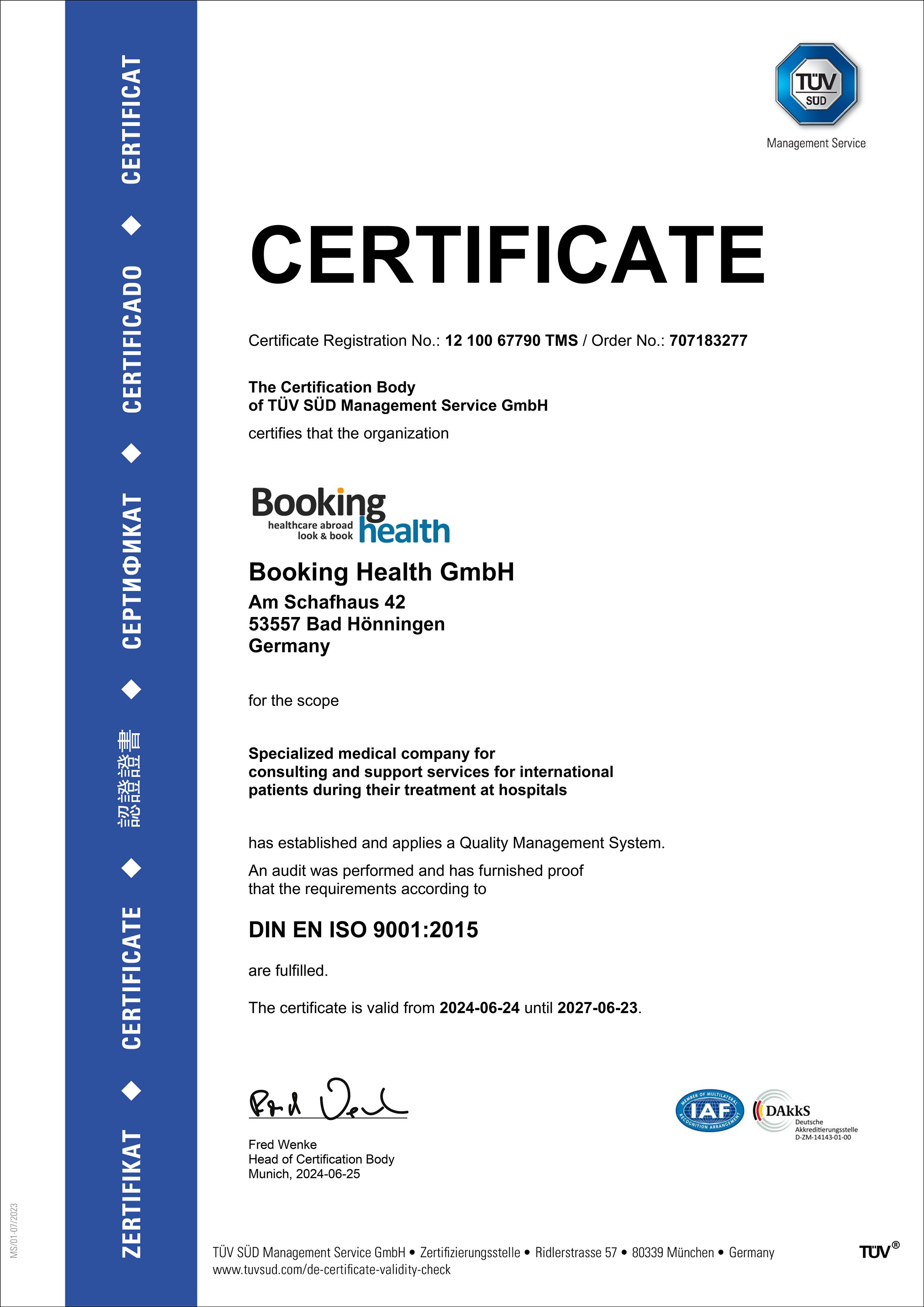About the disease
Aplastic anemia is a disease, when body is not able to produce sufficient amount of new blood cells. As a result, person feels fatigue and weakness, is more exposed to different infections and any uncontrollable bleeding can become a medical emergency. Aplastic anemia is considered to be a rare condition, which can generally develop at any age. It can develop gradually and the onset can be sudden, causing more pronounced symptoms.
Aplastic anemia arises when bone marrow stops producing sufficient amount of white and red blood cells. These blood cells are produced from the stem cells, which are located in the bone marrow. There can be not enough stem cells produced if a person has been exposed to the radioactive and chemical agents for a long time (e.g. during the cancer treatment). Exposure to certain toxic chemicals, such as gasoline, can also result in development of aplastic anemia.
People with autoimmune disorders, which attack stem cells, are more likely to develop aplastic anemia in future. Viral infections, such as hepatitis of different types, can also affect production of new blood cells. In rare cases pregnancy can be a provoking factor in women, who already have autoimmune disorders.
Symptoms
- Fatigue
- Pale skin
- Weight loss
- Frequent and recurrent infections
- Prolonged bleeding from nose or sores
- Unexplained bruises, which appeared without any previous falls or injuries
- Headaches
- Dizziness
- Nausea
- Loss of consciousness
- Low blood pressure
Diagnosis
- Blood test is usually enough to diagnose aplastic anemia, as it allows to assess the amount of platelets, white and red blood cells.
- Biopsy of bone marrow is mainly used if there is suspicion of cancer, which sometimes has similar symptoms. Sample tissue is usually taken from the hip bone, where bone marrow is the most accessible.
Treatment
- Allogeneic bone marrow transplantation is a surgery used to remove the old bone marrow and transplant the new one from a donor with genetically similar stem cells. It is used when conservative treatment is unable to renew the normal production of blood cells.
- Immunosuppressive therapy is used if aplastic anemia was caused by certain autoimmune disorders. In this case, immune system is partially blocked to allow the bone marrow produce sufficient amount of stem cells. During the course of treatment patients need to be extra cautious to avoid infections and viral diseases, as their immune system won't be able to fight them in a proper way.
Authors:
This article was edited by medical experts, board-certified doctors Dr. Nadezhda Ivanisova, and Dr. Bohdan Mykhalniuk. For the treatment of the conditions referred to in the article, you must consult a doctor; the information in the article is not intended for self-medication!
Our editorial policy, which details our commitment to accuracy and transparency, is available here. Click this link to review our policies.










